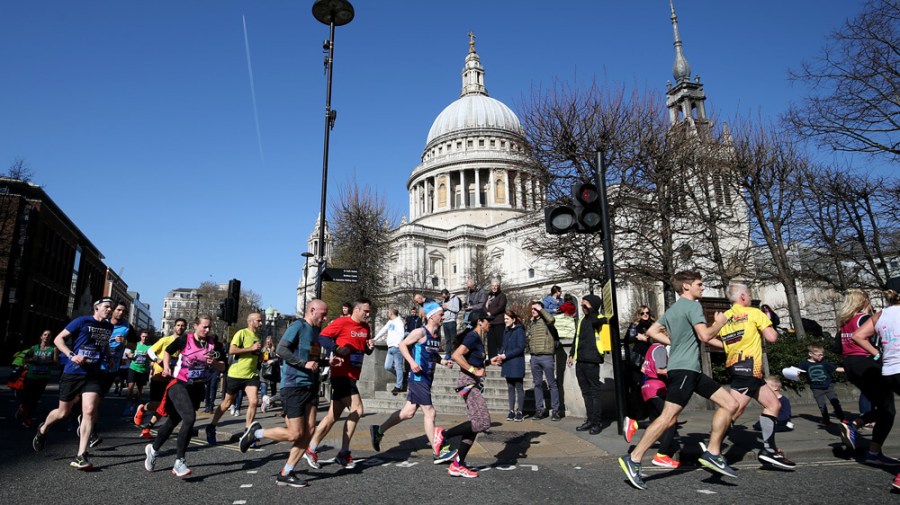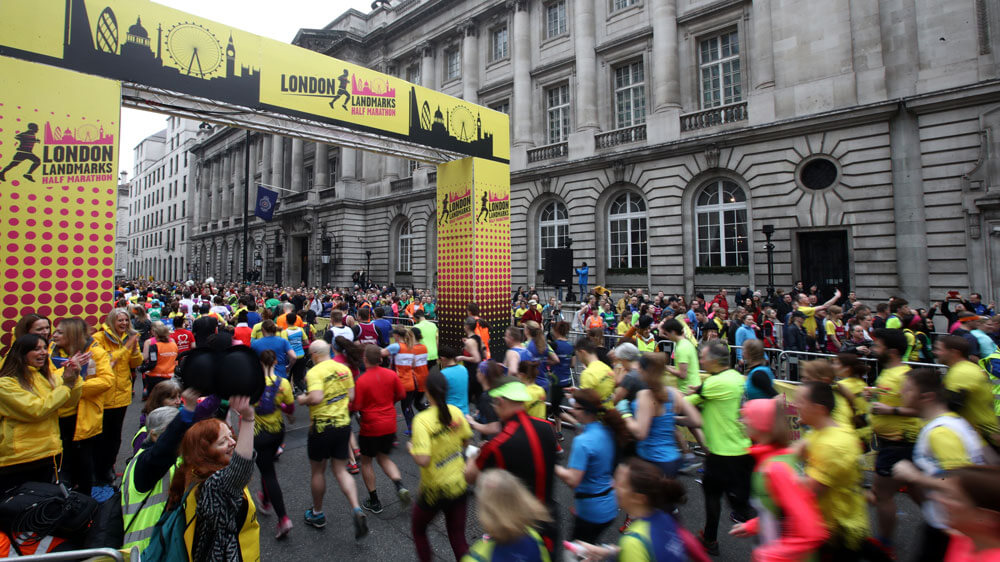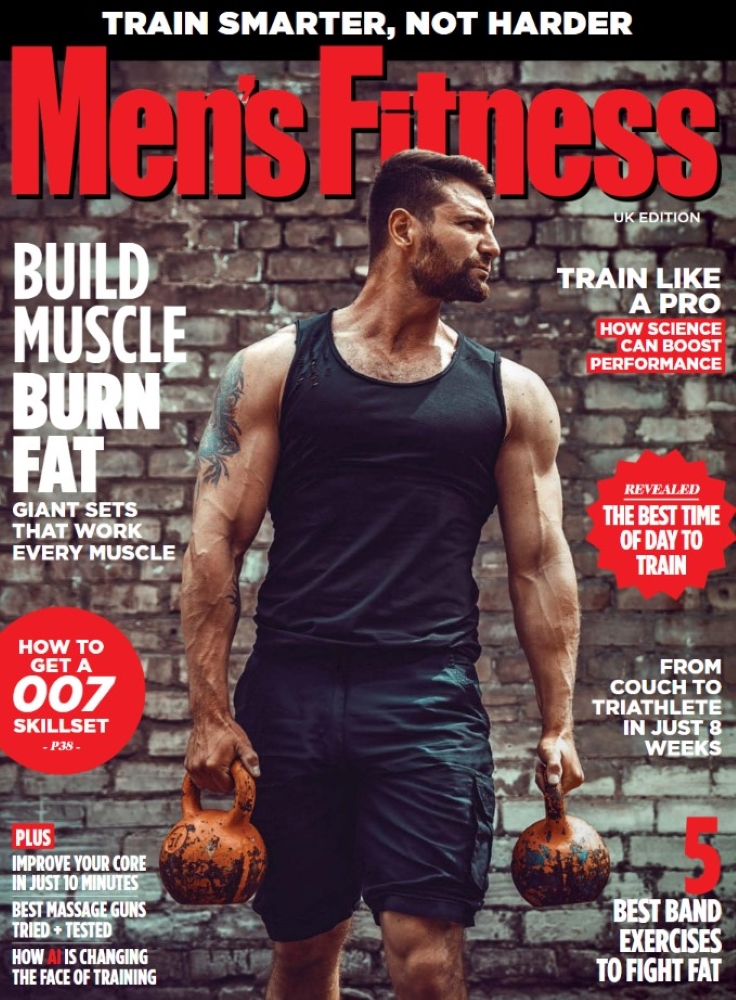After a stop-start 18 months, when most major distance races and even training events and parkruns were curtailed, mass-participation events are finally returning.
One such race, The London Landmarks Half Marathon (LLHM) on Sunday 1 August, will see 14,500 runners take to the capital’s streets. The event starts by The Strand, finishes by Downing Street and takes runners past the likes of Big Ben, St Paul’s Cathedral and the Tower of London.
For many this delayed run will be their first ever over a 13.1-mile (21km) course. If that’s you, here are some of the essential insights you’ll need to train, prepare and perform to your best on the day.
How to train for a half marathon
1. Follow a training plan to suit your level
“As the saying goes, ‘fail to prepare, prepare to fail’,” warns Carl Martin, personal training manager at E by Equinox (official training partner of LLHM). “Whether you’re a regular, more experienced runner striving for a time, or you’re training to complete the distance for the first time, without a training plan it’s easy to feel lost.”
2. Keep a training diary
“Keeping a log of your training is a great way to increase accountability and will allow for some motivating reflection as you look back on all you have achieved by race day,” insists Martin. “Remember to celebrate the small wins along the way.”
3. Don’t worry about not training to the full distance
“Completing the distance is mostly mental,” advises Martin. “The biggest race-day hurdles have nothing to do with fitness: staying motivated, pushing past low moments, and coping with discomfort, to name a few.”
4. Mix it up
“Endurance activities like distance running call for lots of movement in one plane of motion,” says Martin. “Restoring balance with lateral and rotational exercises is essential and cross training can really help with this. As can rock climbing, swimming and even dancing.”
The goal is to vary the stress being placed on your body.
5. Strength is essential
“Contrary to the common perception, lifting weights is good for runners. Strength training can help to reduce the chance of injury, improve recovery and even boost top-end speed.”
Be sure to integrate strength training into your half-marathon training programme.
6. Keep an eye on your core
“Lower back aches are a common complaint for new runners or those increasing their mileage,” adds Martin.
This bodyweight workout will work your glutes and core to help alleviate the issue.
7. Power down to power further
“The quickest way to ensure you don’t hit your goals is getting injured,” says Martin. “Ensure you warm-up properly, keep your pace in check while training and racing, include recovery strategies during your training such as mobility work, and try to get the best sleep possible before race day.”
How to run your best half marathon
1. Don’t go out too fast
“Whether you’re a seasoned veteran or this is your first time running a half marathon, going out too hard and too fast is a mistake that can cost your dearly,” advises Nick Hodges-Gibson, event partnerships officer at London Landmarks Half Marathon. “Use the first couple of miles to settle into your rhythm and find your feet.”
2. Pace yourself
“If you have a goal pace, head out 10-15 seconds slower, as that will give your body time to warm up and adapt before you can start moving up through the gears into your goal pace.”
The adrenaline of the start line can sometimes make for a quick first mile. “If that happens don’t worry, relax and slow it down,” adds Hodges-Gibson. “Your legs will thank you at the end and hopefully you’ll be able to really kick for a fantastic finish.”
3. Capitalise on consistency
“The key to having a good race day is consistent training across a number of weeks – you don’t have to smash every workout or set a new PB every time you step out the door,” says Hodges-Gibson.
“In fact the majority of your running should be done at an easy, conversational pace, with a couple of specific workouts structured throughout your weekly plan.
“The basic rule of thumb is: ‘keep the hard days hard and the easy days easy’. Your body needs time to soak up the training and recover properly, so make sure when you do have an easy run planned you stay disciplined and don’t overdo it.”
Words: Rob Kemp










